One reason the purple clay Teapot is beloved by many is that, like a person, it becomes increasingly warm and refined through long-term use in brewing and Drinking Tea. However, few manage to truly bring out its best in daily use.
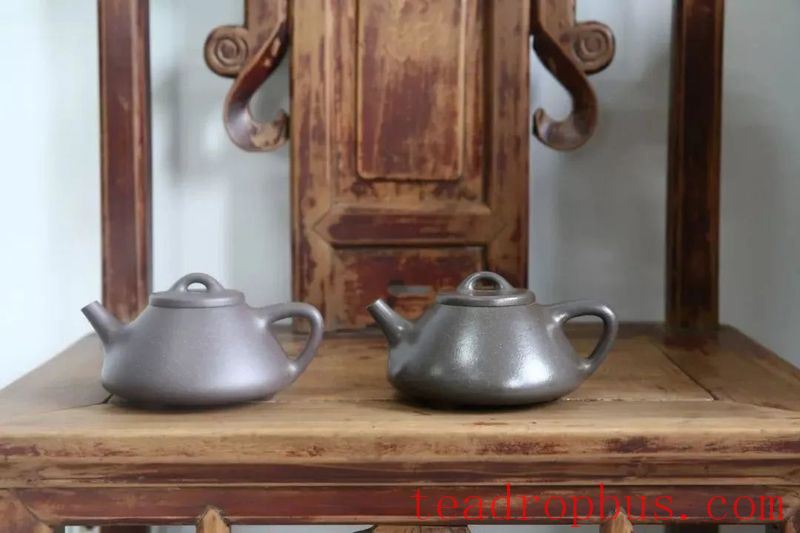
▲ Nourished patina
Seeing an expert-nourished teapot, with its warm, restrained luster and noble elegance, can be incredibly enviable, while your own pot may easily become stained or unevenly nourished.
Today, let's discuss the art of nourishing a teapot.
The process of nourishing a purple clay teapot, also known as developing its patina, results in a warm and elegant hue that emits a natural glow. This is the state a well-nourished teapot achieves. If you're not seeing these results, there are several possible reasons:
1. The pot has been waxed or excessively polished.
2. It is a slip-cast or wheel-thrown teapot.
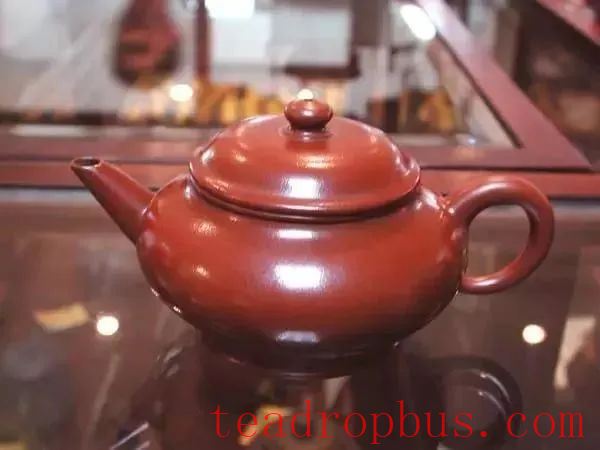
▲ Not a natural shine
These types of pots have either been treated to appear smoother or made using different processes, such as the addition of water glass. As a result, they tend to look shiny from the start, which can make it seem like your efforts to nourish them are less effective.
Purple clay teapots naturally have a sandy texture. Before being fully nourished, they are plain and even rustic. The quality of the clay and the craftsmanship are fundamental to achieving a good result. High-quality clay and excellent tooling skills make a teapot easier to nourish.
With a high-quality purple clay teapot, there are specific ways to care for it, and experts focus on technique.
Method One: The Eight-Word Mantra for Nourishing a Teapot
Diligently Brew, clean thoroughly, ventilate, and air dry.
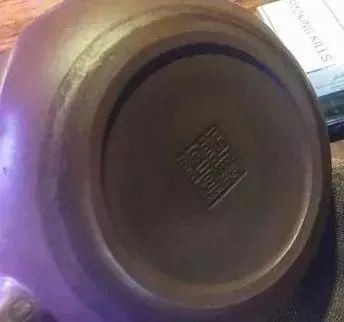
▲ Stained teapot
This eight-word mantra is key to ensuring your purple clay teapot doesn't become stained. Many enthusiasts enjoy pouring tea over the pot or using a brush to wipe it down, but it's crucial to remember to clean it thoroughly after each use.

▲ Clean promptly
A teapot will become stained if it isn't cleaned properly after use. The so-called “dirty clothing” method of nurturing a teapot is not recommended.
Method Two: Choose the Right Tea
Take “duan ni” (segmented clay) as an example. Its breathability is quite good, and it readily absorbs tea. However, duan ni teapots typically have a lighter color. If you use darker teas like black tea without paying attention to cleaning, the pot can easily become unevenly nourished.
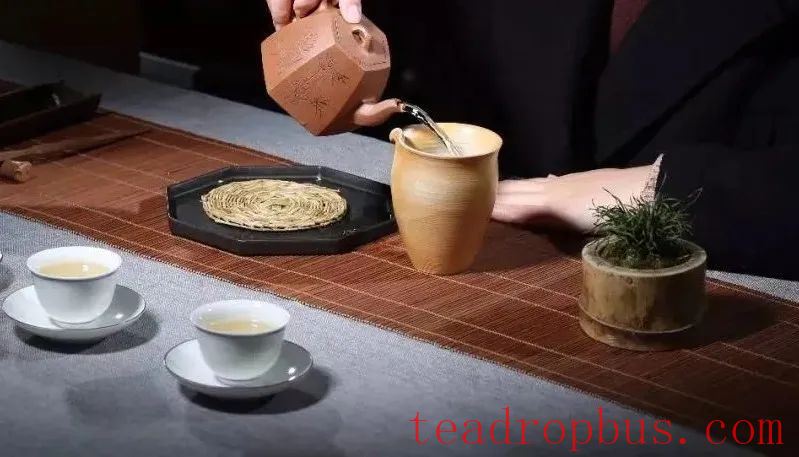
▲ Duan ni teapot
Therefore, duan ni teapots are suitable for brewing lighter teas like White Tea or Green Tea.
Similarly, other types of clay teapots should be paired with appropriate teas to avoid counterproductive results.
Method Three: Cultivate Patience and Calmness
This third method might be more about cultivating patience and calmness than about nurturing the teapot itself, as drinking tea and nurturing a teapot is inherently a calming activity.
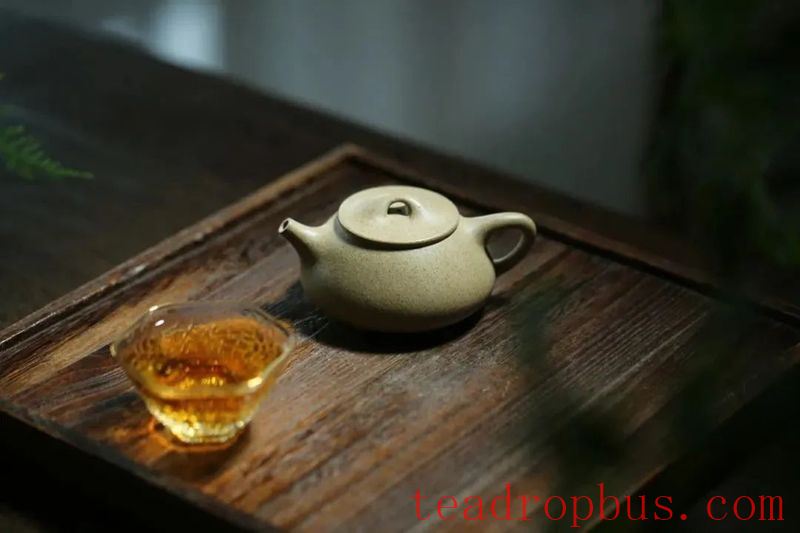
▲ Drinking tea to cultivate calmness
Avoid rushing the process and losing sight of the joy of handling the teapot. The most important aspect of nurturing a teapot is feeling its changes during daily tea drinking, much like how one gradually becomes more refined through the act of drinking tea. This is the ideal state for nurturing a teapot.
Now you know why some experts manage to nourish their teapots so beautifully. Why not brew a pot right away and put these methods into practice?